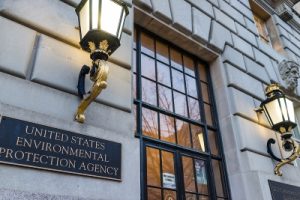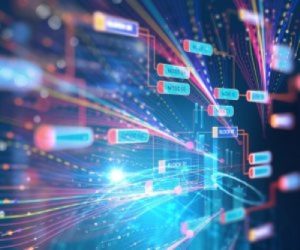
Severe weather events are on the rise. In fact, the U.S. set a new record for billion-dollar climate disasters in 2023. Extreme weather events do not discriminate. Hurricanes, fires, and tornadoes hit wealthy and poor areas equally. However, the recovery in those areas is not as equitable.
Realizing the Power of Power
A study found that low-income communities had to wait longer for power to be restored following hurricanes. The study found that a "1-decile drop in socioeconomic status in the Centers for Disease Control and Prevention's social vulnerability index was associated with a 6.1% longer outage on average." Continue reading







